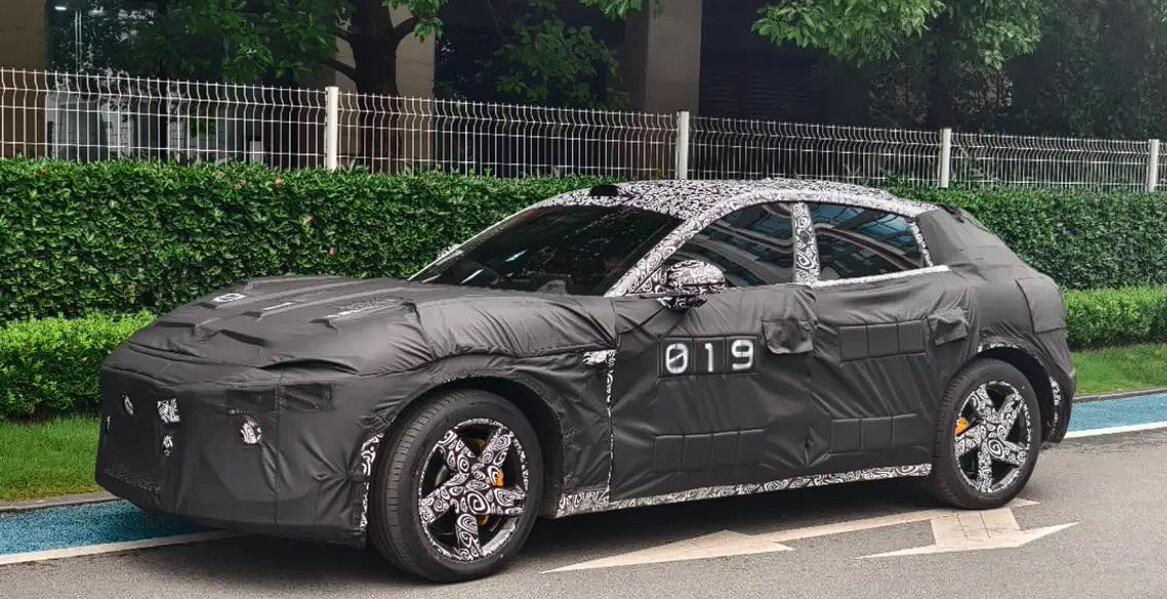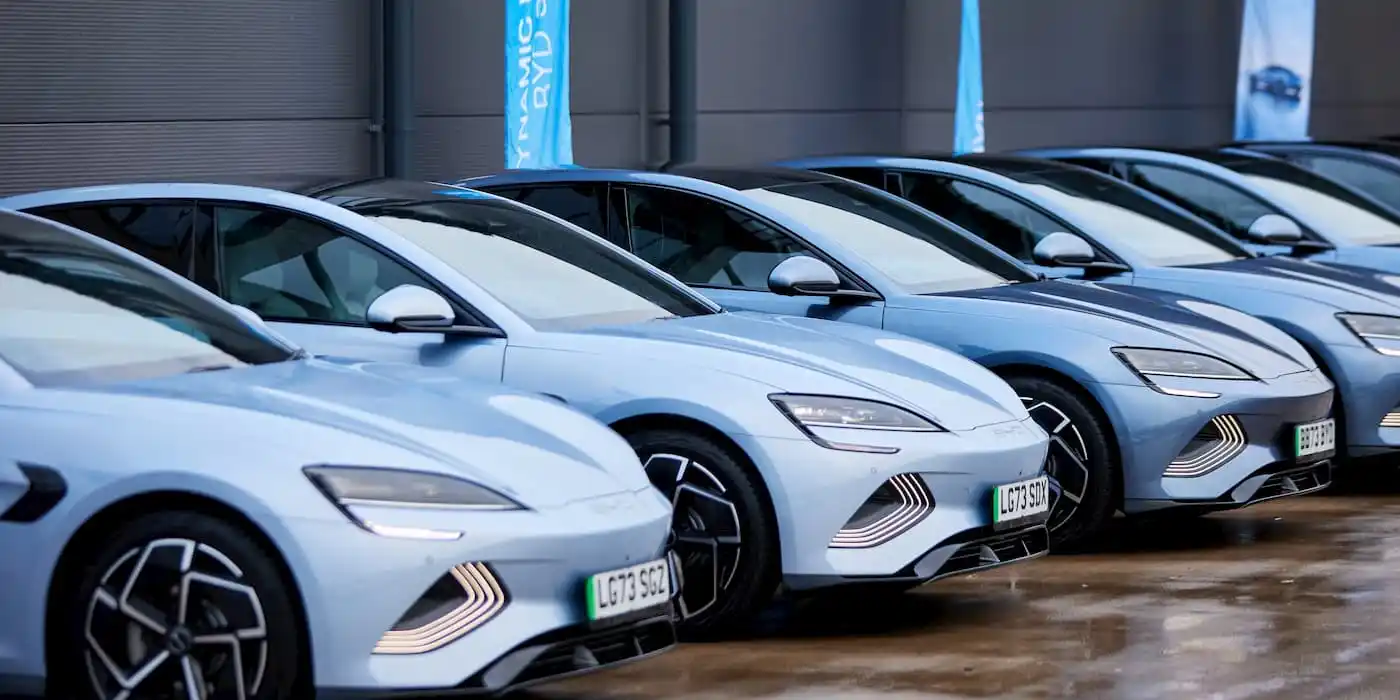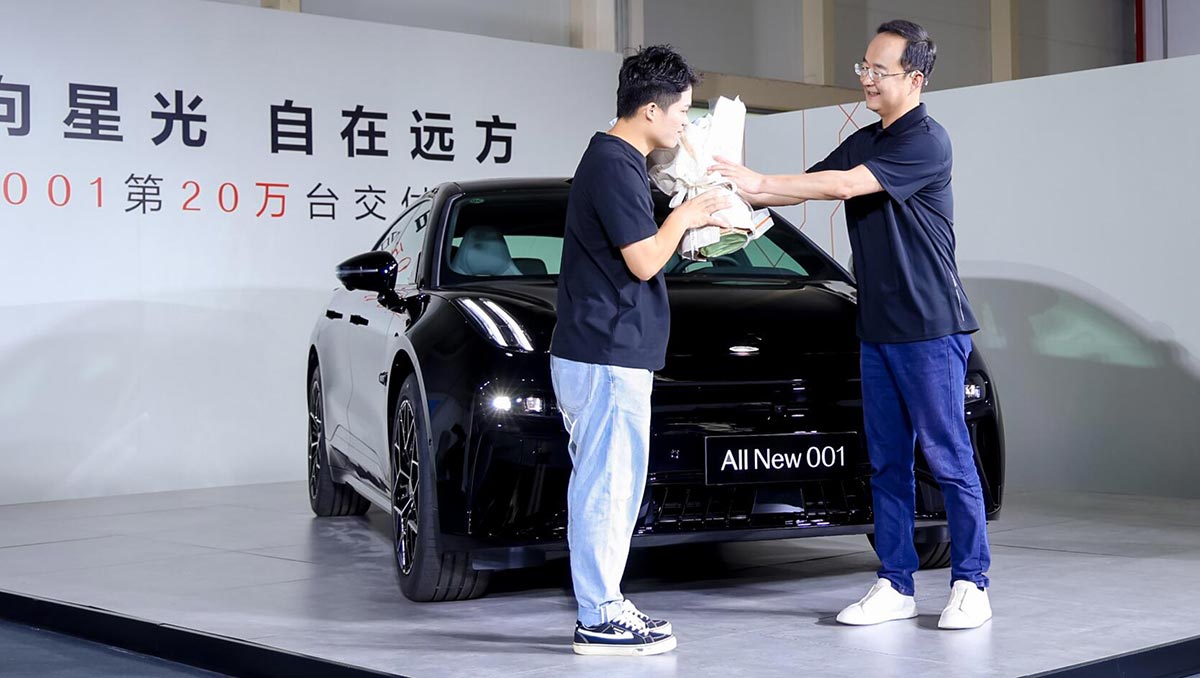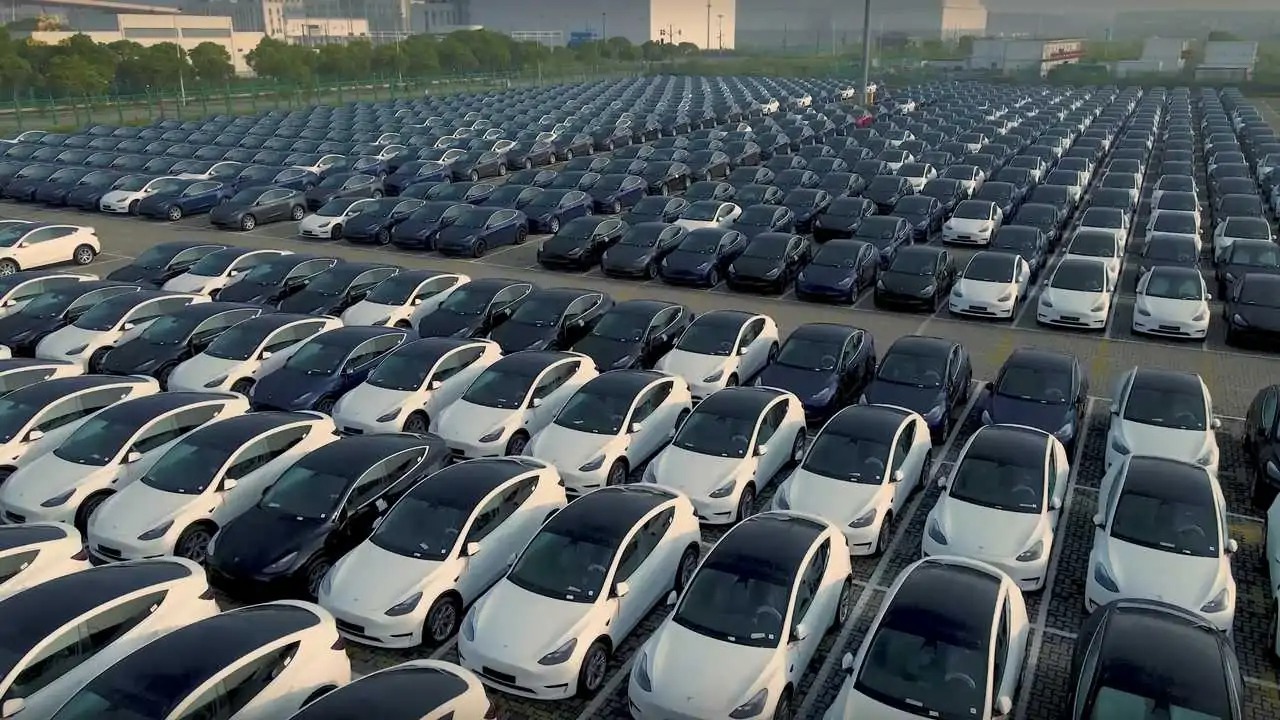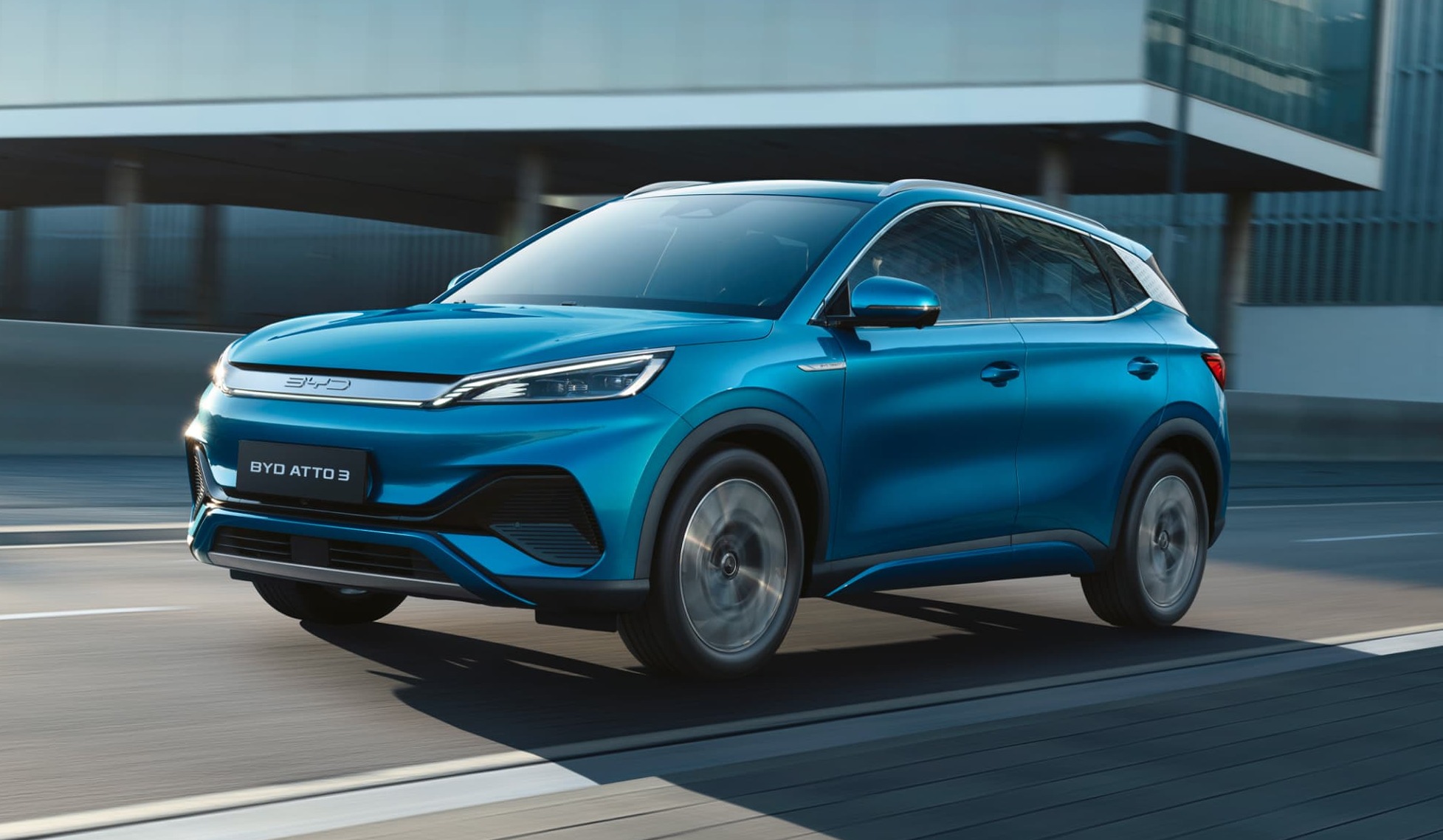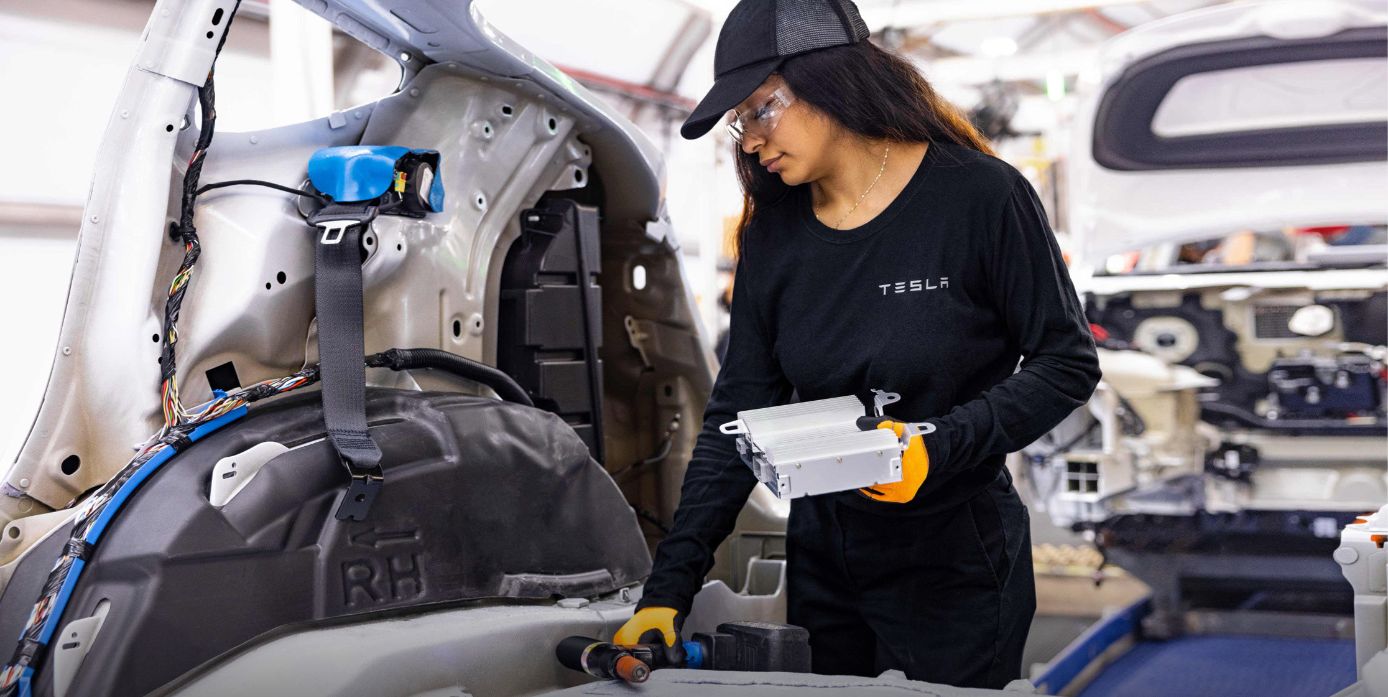Chinese tech giant Xiaomi is preparing to unveil its second electric vehicle (EV), an SUV designed to rival Tesla’s Model Y, according to recent reports.
Spy shots purported to be of Xiaomi’s upcoming SUV have emerged, offering a glimpse into the company’s ambitious foray into the competitive EV market segment.
See also: Xiaomi’s Electric Vehicle Factory Boosts Workforce to Meet Soaring Demand
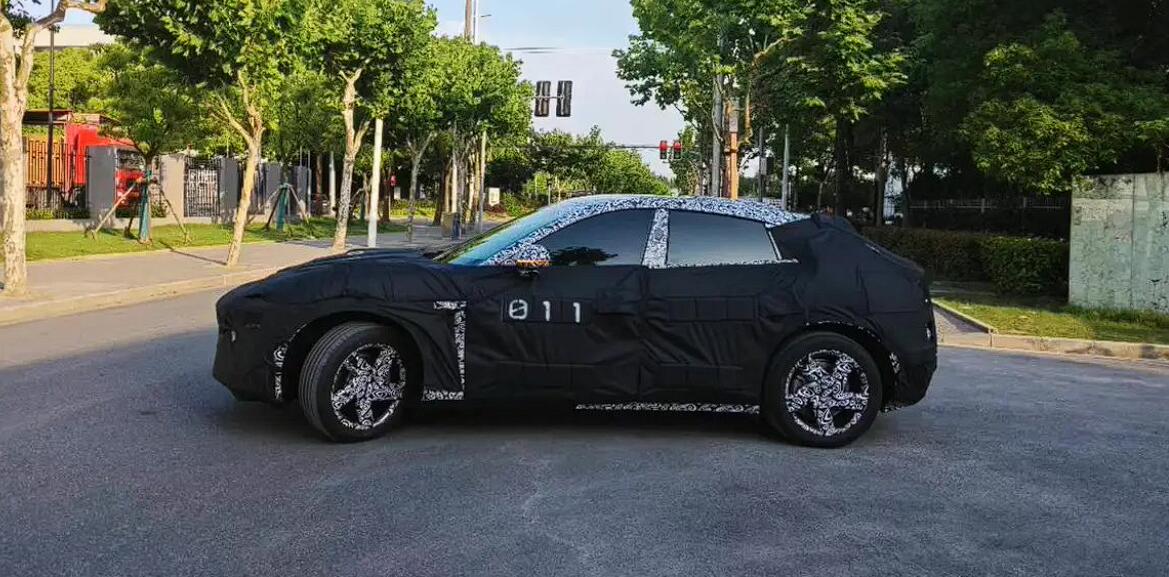
Local automotive media outlets, including Xchuxing, have shared the spy shots, suggesting that Xiaomi’s new model will be an all-electric coupe SUV, drawing comparisons to Ferrari’s Purosangue. The vehicle is expected to be launched in 2025, following Xiaomi’s first EV, the SU7 sedan.
Equipped with LiDAR technology on the roof, the SUV is expected to boast smart driving capabilities similar to the Xiaomi SU7, featuring NOA (Navigate on Pilot) functionality on highways and in urban environments.
See also: Xiaomi Auto Announces OTA Update for SU7 Owners, Introduces City NOA
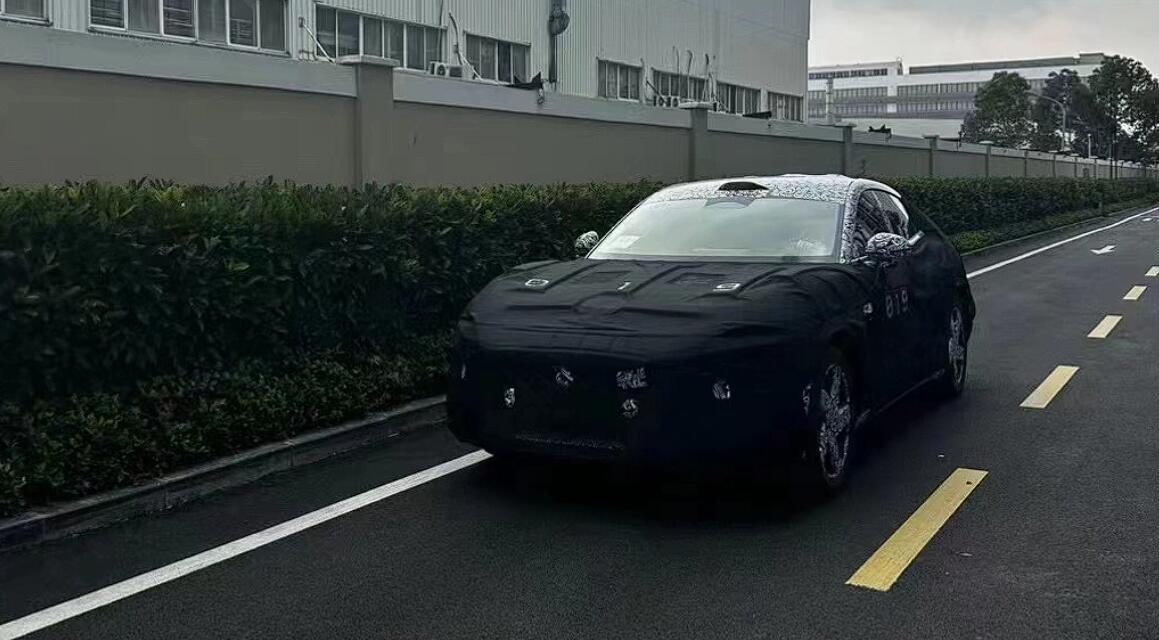
Xiaomi officially launched the SU7 on March 28, offering three variants — standard, Pro, and Max — with starting prices ranging from RMB 215,900 to RMB 299,900.
Xiaomi’s founder, chairman, and CEO, Lei Jun, discussed the company’s plans at an investor conference on April 23. He noted that in the battery electric vehicle (BEV) segment, sedans are currently in high demand, with SUVs following closely behind. Although he did not confirm the launch of an SUV at the time, local media outlet 36kr later reported that Xiaomi’s second model would indeed be an all-electric SUV, slated for a 2025 release.
According to 36kr, Xiaomi’s third model will target the RMB 150,000 class, emphasizing cost sensitivity.
See also: Xiaomi EV to Ramp Up Production with Double Shifts to Meet Demand
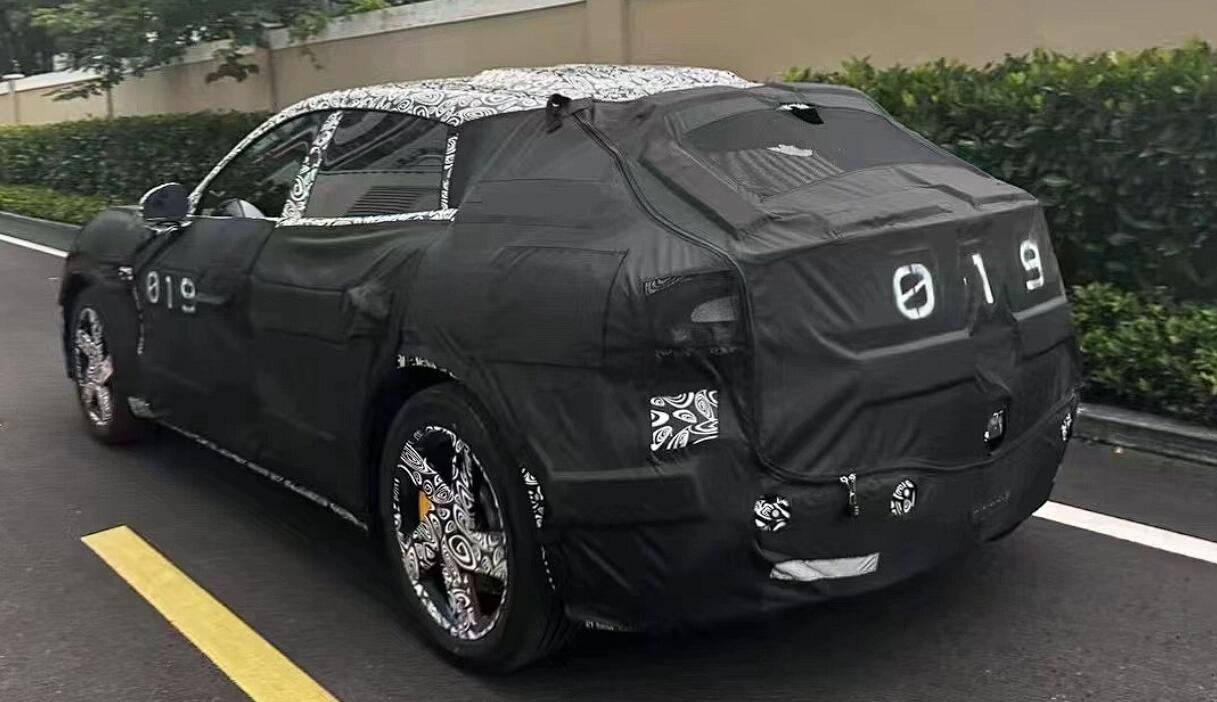
Bloomberg reported on May 13 that Xiaomi aims to begin production and sales of its SUV, designed to rival the Tesla Model Y, as early as 2025. Xiaomi reportedly benchmarked its SUV against Tesla’s during development.
Xiaomi anticipates that production of its SUV will commence no earlier than late 2025, coinciding with the completion of the second phase of the company’s assembly plant in Beijing.

